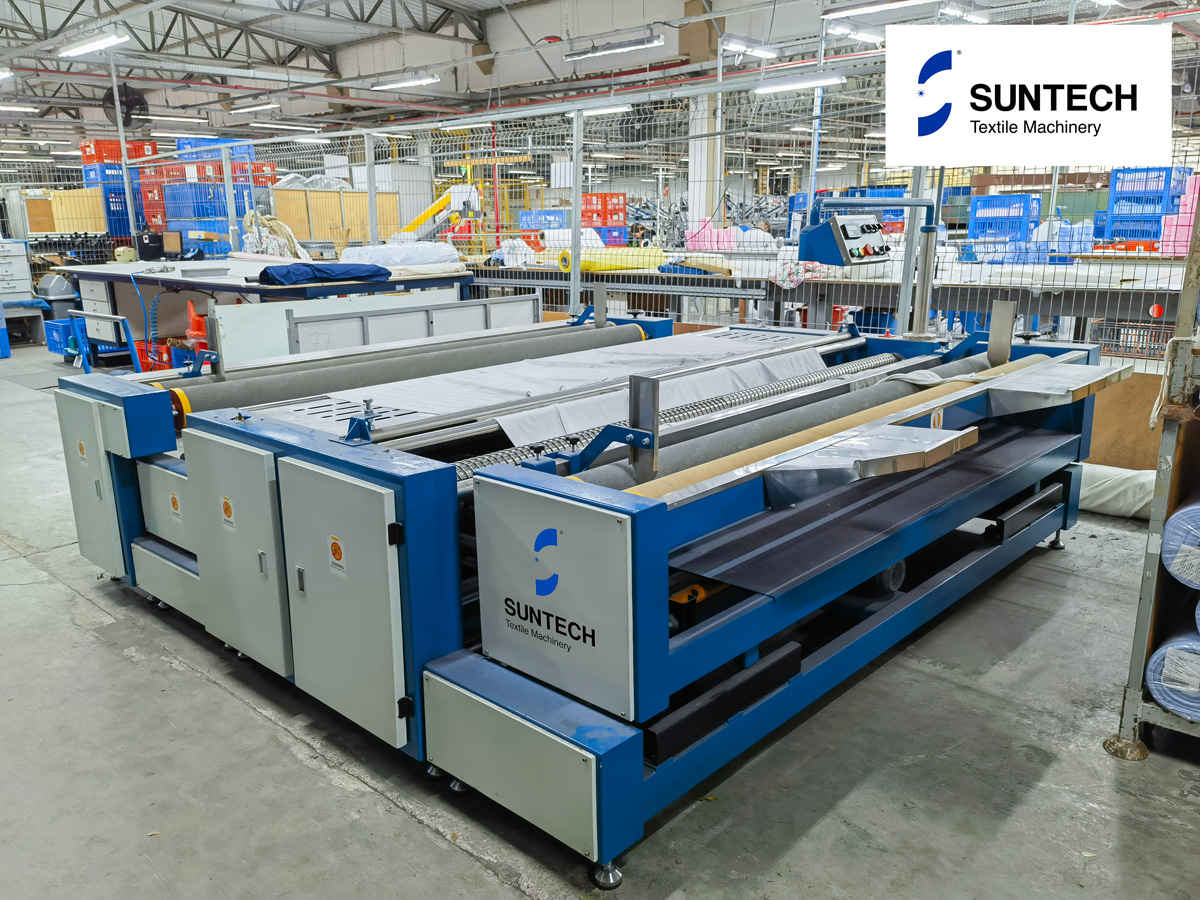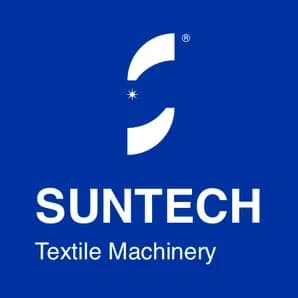
A fabric relaxing machine, on the whole, may cost anywhere from $10,000 to $50,000. The price differences are so substantial, hence today's post that will analyze such factors as machine type, capabilities, production costs, and the market situation that drives the costs.
Type and Complexity of the Machine
Type of Machine | Key Features | Suitability |
Roll-to-Roll Machines | Air-floating devices for tension release, no shrinkage | Elastomeric fabrics, tension-sensitive materials, automated cutting preparation |
Steam Fabric Relaxing Machines | Steam relaxation and preshrinking, high-speed operations | Fabrics prone to shrinkage, wide fabrics |
Conveyor-Based Machines | Automatic controls for width and length, tension control | High-volume production environments |
Roll-to-roll models are more affordable and suitable for standard applications, while steam-based models are ideal for fabrics needing extra care, reflected in their higher cost. Conveyor-based machines offer a balance with features aimed at efficiency in large-scale settings.
Performance and Capabilities
Machines that can accommodate different fabric types, particularly sensitive materials like elastomeric or Lycra, are generally priced higher. Which is largely justified by the specialized technologies they employ to ensure consistent tension release, width monitoring, and high-quality output.
Take steam fabric relaxing machine. A more advanced model that includes fabric preshrinking capabilities is suitable for a wide variety of fabrics, especially those with a tendency to shrink. Its integrated systems for automated tension control ensure that fabrics are relaxed evenly without any discrepancies, which enhances the quality of the final product. Although this type of machine demands a higher upfront cost, the level of control and quality it provides helps manufacturers avoid costly issues related to shrinkage and fabric distortion.
Some fabric relaxing machines come with integrated inspection systems, allowing them to simultaneously re-inspect the fabric for defects while relaxing it. Such multi-functional machines generally cost more, but they save time and labor costs by combining two processes into one. Advanced features such as width adjustment and digital length monitoring also add to the price but provide significant value, particularly in reducing labor costs and improving fabric quality consistency.

Production and Operating Costs
Fabric relaxing machines designed for high-speed operations or lower energy consumption may cost more initially, but they often lead to long-term savings in operational expenses, making them a smart investment for manufacturers focused on efficiency.
Machines that offer high-speed tension release, for example, can help save considerable time in fabric preparation. The speed and energy efficiency of these machines can lead to lower energy consumption during each production cycle, which, over time, can add up to significant cost savings. High-end models designed for seamless integration with automated cutting systems further enhance efficiency by reducing downtime between fabric relaxation and cutting stages.
These machines might be more expensive to purchase, but they can be extremely cost-effective when one considers the reduced labor, production time, and energy usage. Many models are engineered to cut laying time by up to 24 hours, and this can lead to considerable gains in productivity, ultimately balancing out the higher initial investment.
Manufacturing Expenses
The costs of raw materials, labor, and R&D (research and development) are are often overlooked but significantly impact the final price of these machines.
Materials like stainless steel, used for durability in the production of fabric relaxing machines, contribute to the high cost. Likewise, the complex electronic control systems that ensure proper functioning and provide features like automated alignment or digital length measurement also add to the overall cost.
The labor involved in assembling these sophisticated machines, along with rigorous testing for quality assurance, reasonably determines the price.
Regarding the R&D cost, especially for machines developed to meet stringent quality standards. Developing machines capable of handling various fabric types, including those prone to shrinkage and tension inconsistencies, involves significant investment in design and testing. These developmental expenses lead to improvements in the machines' quality, efficiency, and longevity, but they do translate to a higher price for the customer.
Maintenance Cost
High-quality fabric relaxing machines from SUNTECH generally do not incur significant maintenance costs, and some manufacturers provide additional spare parts and support to effectively minimize machine downtime and boost productivity.
For instance, certain newer fabric relaxing machines incorporate user-friendly designs that eliminate the need for complex installation or ongoing maintenance. These machines use technologies like air flotation tables and vibrating conveyors that allow for complete tension release while also supporting direct transition to cutting stages, which helps maintain operational flow without the hassle of frequent servicing.
Additionally, many of these machines are built to offer minimal wear and tear, thereby reducing both maintenance frequency and associated costs significantly. As a result, these features provide peace of mind and contribute to higher overall efficiency and cost savings in the long run.

Market Trends
Pricing of fabric relaxing machines also depends on general market trends including growing demand for automation and rising energy prices. Greater interest in fabric relaxing machines integrated with automated inspection, tension control, and cutting systems has come from the textile sector as it has been moving toward automation.
The demand for fabric relaxing machines with advanced features has increased as more companies search to automate their manufacturing lines, so raising the cost. Manufacturers have been driven by this trend to make investments in the creation of low-carbon footprint, energy-efficient machines, sometimes adding variable speed settings to reduce energy consumption. Such developments help to explain the increase in the initial purchase price of these machines even if they have advantages like less running costs and less environmental impact.
Competition between manufacturers and technological advancements continue to shape the market. As newer models come with enhanced automation, real-time monitoring, and other features designed to increase productivity and accuracy, older models may become more affordable.
Final Words
Fabric relaxing machines are a key investment for improved production efficiency and fabric quality. The right choice depends on your operational needs, considering both upfront costs and long-term benefits.
To learn more about models that fit your specific requirements and maximize your productivity, reach out to SUNTECH for an all-around sollution at a resonable cost.









